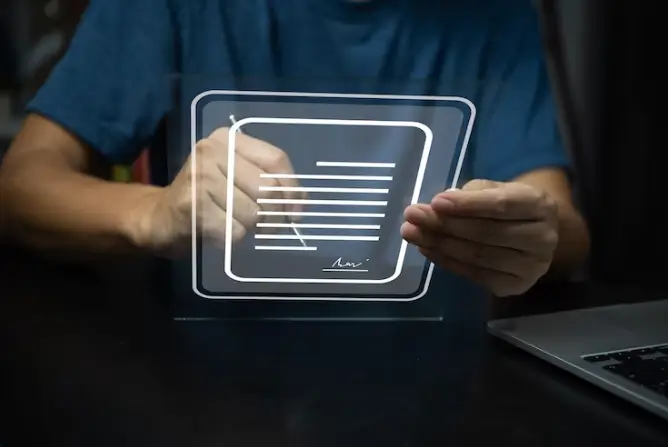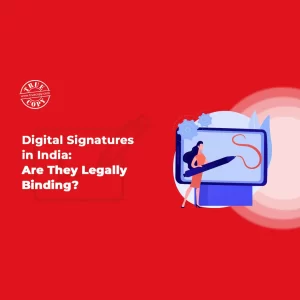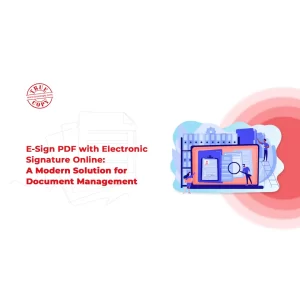Electronic signatures are becoming more and more commonplace in daily operations in a time of digital change. Companies are quickly adopting TRUESigner ONE and other electronic signature solutions because of their convenience, efficiency and security. This change represents a break from customary handwritten signatures, as eSignature apps have emerged as the primary means of authenticating documents in the modern day. Businesses looking for the best electronic signature service in the globe turn to electronic signature solutions because of the adaptability of electronic signatures, which help sign PDF files online.
What is a Handwritten Signature?

It’s essential to comprehend traditional handwritten signatures before exploring the advantages of electronic signatures. For millennia, handwritten signatures have been the norm, signifying an individual’s identity and dedication to the text of a document. However, the drawbacks of handwritten signatures have emerged with the growth of paperless offices and worldwide connections.
Handwritten signatures can slow the speed of contemporary corporate transactions and are easily counterfeited. They are also challenging to check remotely. Electronic signatures are becoming widely used due to the demand for a more effective and secure substitute.
What is Electronic Signatures?

Electronic signatures are the digital version of handwritten signatures made possible by technological advancements. Online document signing in the digital sphere is safe and compliant with the law when done through electronic signatures. They provide authenticity and agreement in the same way as handwritten signatures but are more practical and convenient.
Electronic signatures, as opposed to traditional ones, use cryptography to guarantee the integrity of the signed document. This ensures a level of security that handwritten signatures cannot equal since any changes made to the electronically signed document after the signing would be traceable.
Difference Between Handwritten and Electronic Signatures
The shift from handwritten to electronic signatures represents a fundamental change in verifying documents’ authenticity. The verification procedure is one of the main distinctions. The visual examination process used to verify handwritten signatures can be subjective and error-prone. Conversely, sophisticated cryptographic techniques are used in electronic signatures to guarantee the validity and integrity of the signed document.
Furthermore, there needs to be a comparison of the speed at which electronic signatures happen. Time is of the essence in today’s international corporate environment, and electronic signatures remove the delays that come with processing and mailing physical documents.
Electronic Signatures Fit Modern Business Practices
Electronic signatures easily meet the requirements of contemporary business procedures. The ease of electronically signing documents is unmatched in a time when remote work and virtual collaboration are commonplace. TRUESigner ONE comes with technologies that enable people and businesses to sign documents anytime, anywhere, using any device.
The signing process is simplified by incorporating electronic signatures into widely used productivity programs like MS Office. The ability to electronically sign documents in a comfortable environment like MS Office—be they contracts, agreements, or other documents—improves efficiency and lessens the friction of using more conventional signing techniques.
Electronic Signatures Can Enhance Security

Any business transaction must prioritize security, and electronic signatures do just that using cutting-edge authentication and encryption techniques. Modern security methods and technology by TRUESigner ONE protect the confidentiality and integrity of signed documents.
Encryption, audit trails, and multi-factor authentication ensure that only people with permission/authorisation can view and sign documents. Electronic signatures are a safe and dependable choice for sensitive transactions because of their superior level of security compared to handwritten signatures.
Summing up
In the digital age, switching from handwritten to electronic signatures makes sense. The benefits of electronic signatures—speed, efficiency, and increased security—are changing how daily operations are conducted. Businesses are embracing this transformation to be competitive in a constantly changing global economy, led by solutions such as TRUESigner ONE. The future of document authentication is in the safe and efficient world of electronic signatures, so goodbye to the drawbacks of handwritten signatures.



